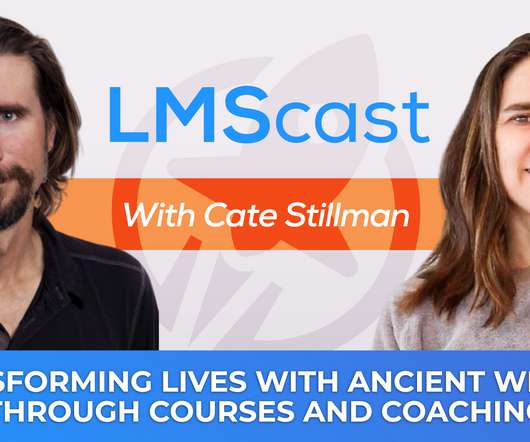Next Button: Yay or Nay? A Research Perspective on a "Pointed" Question
Patti Shank
APRIL 17, 2018
Cognitive load theory and the format of instruction. Cognition and Instruction, 8, 293-332. An instructional theory for learner control: Revisited, Proceedings of the 1995 National Convention of the Association for Educational Communications and Technology, 72-86. References: Chandler, P., & & Sweller, J.


































Let's personalize your content